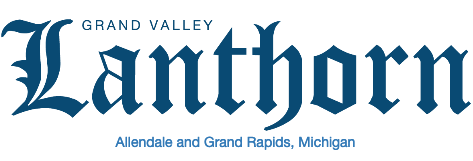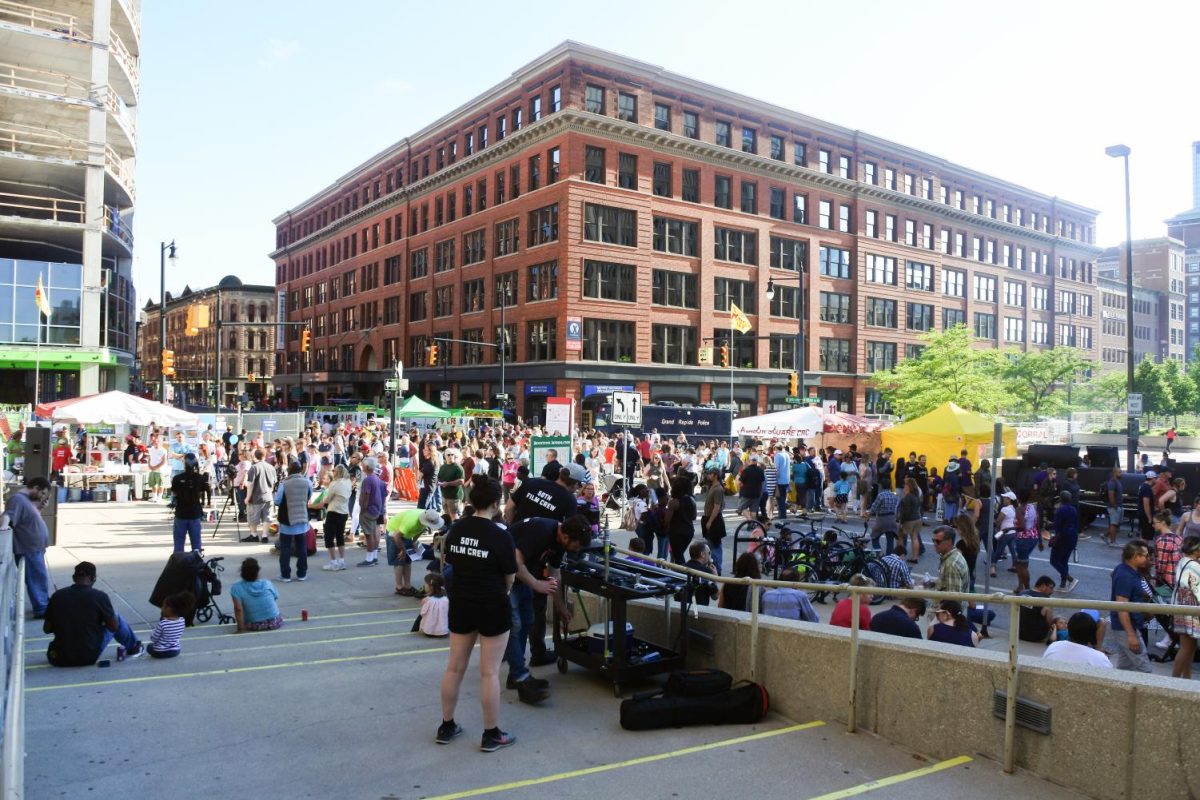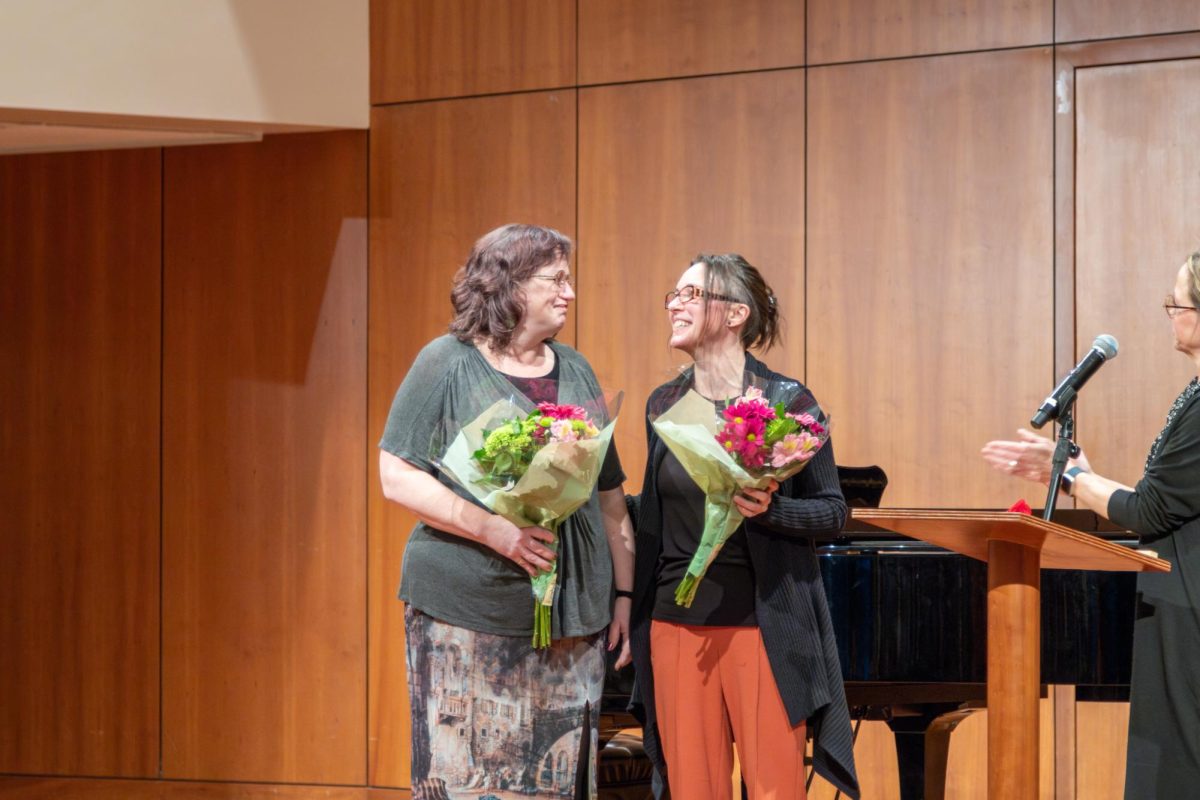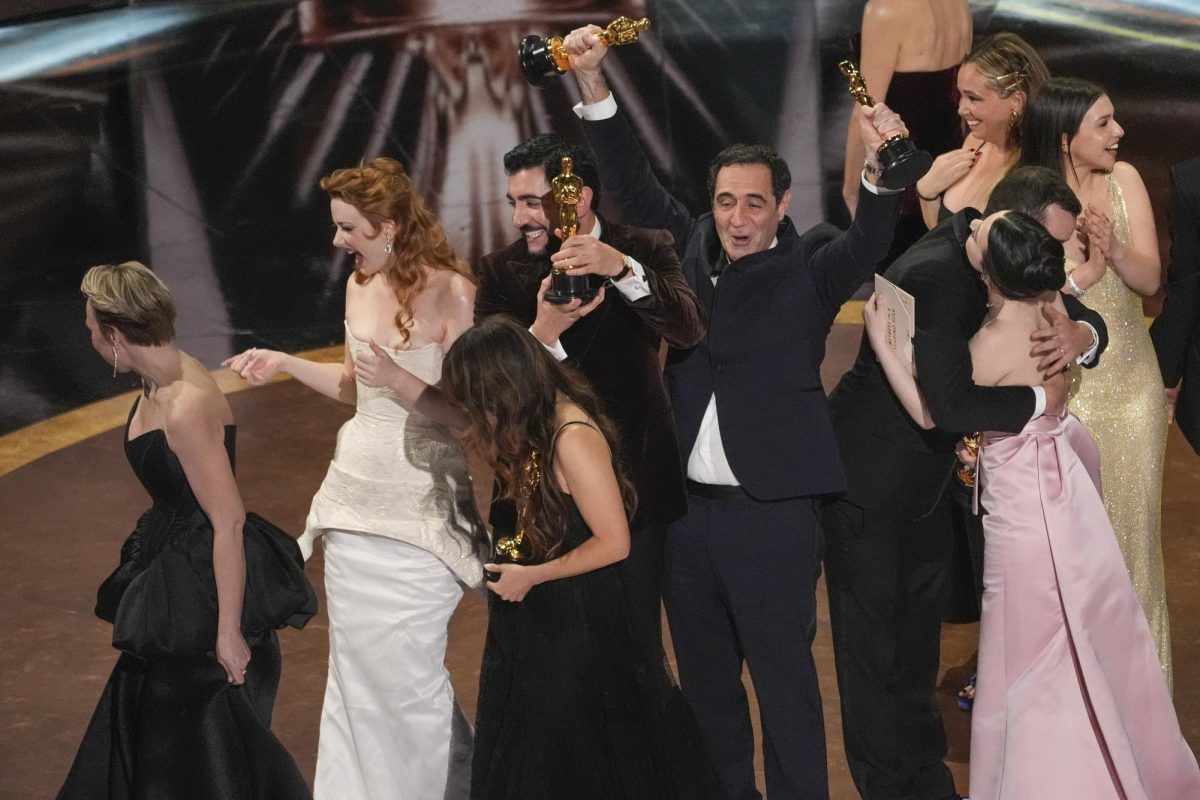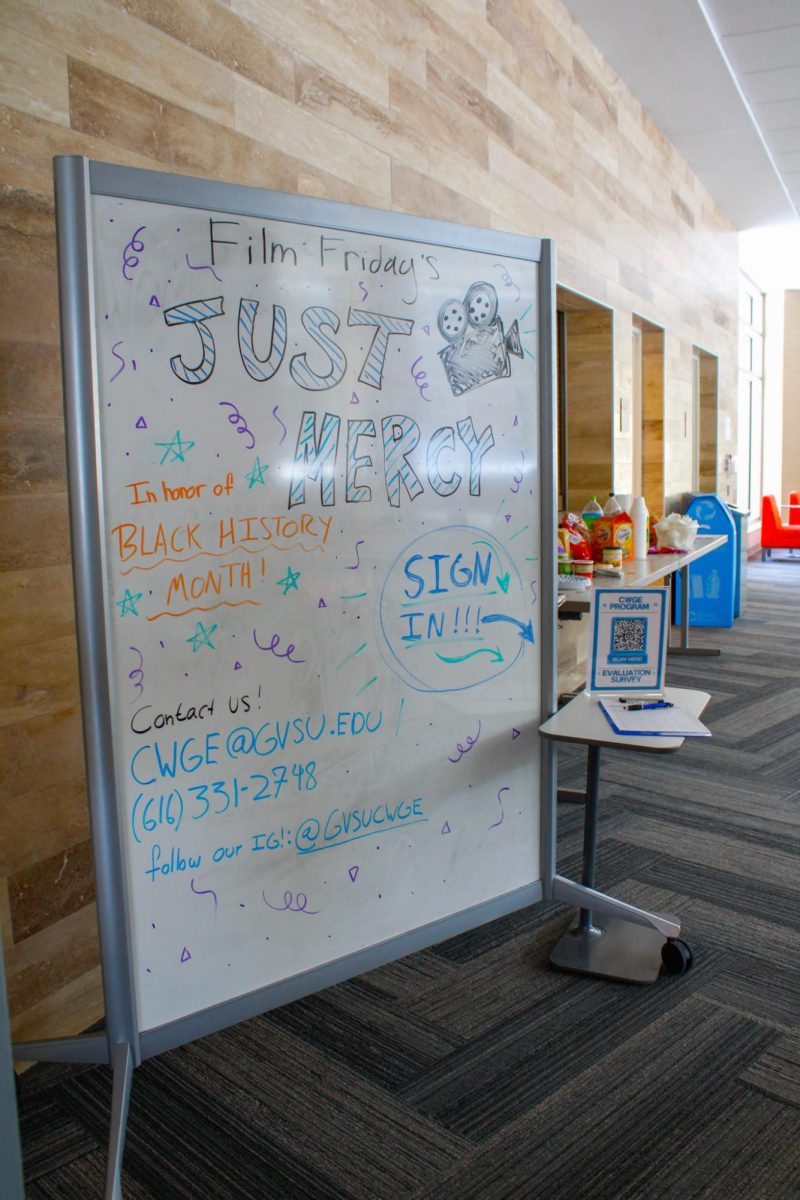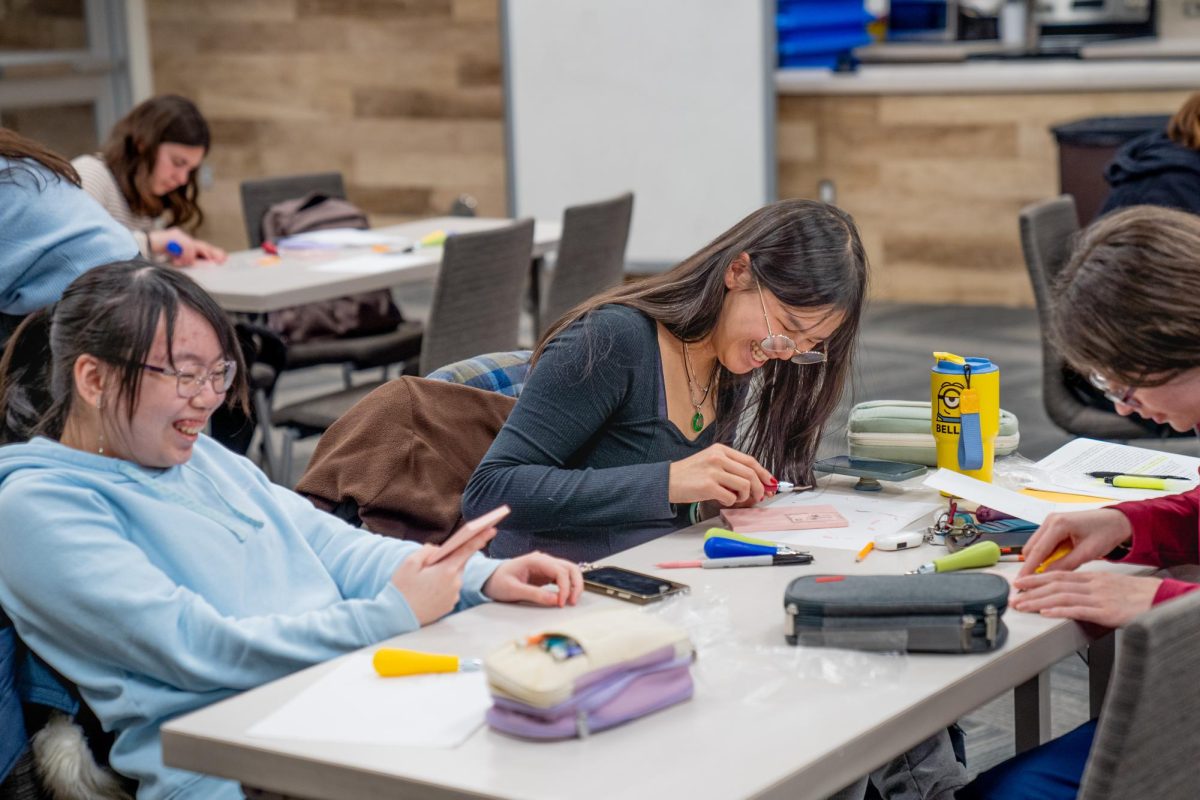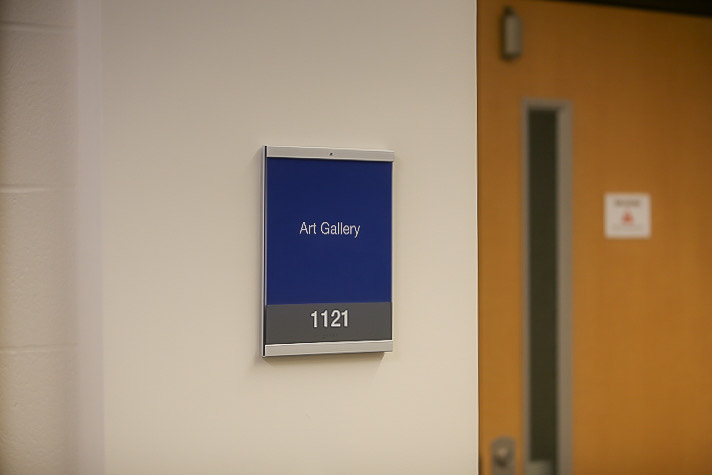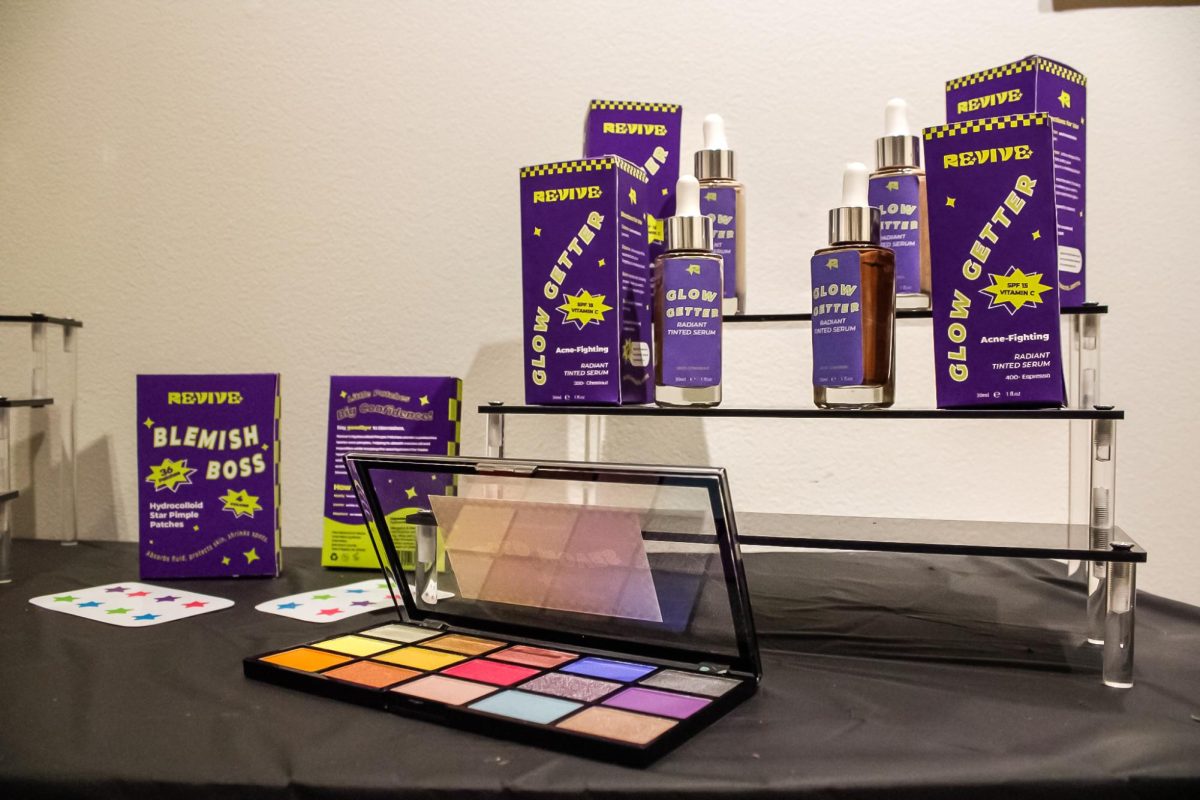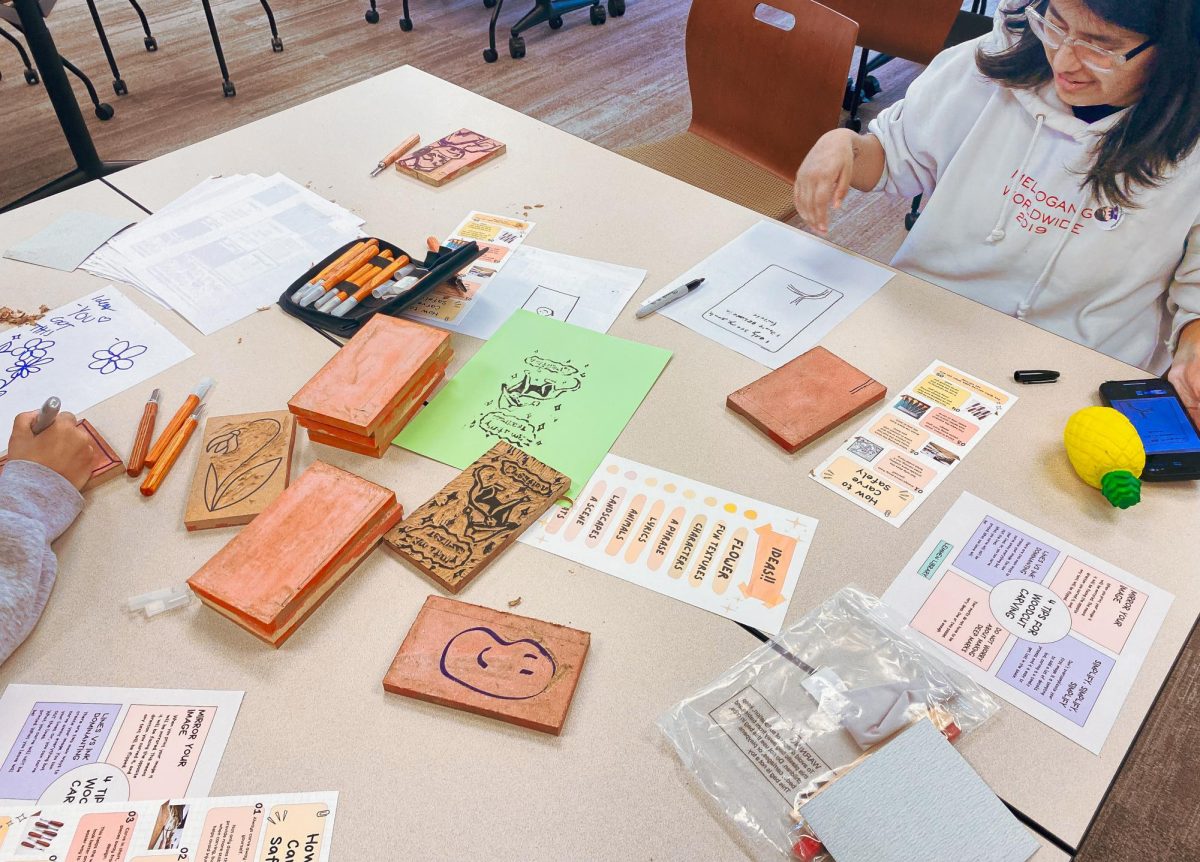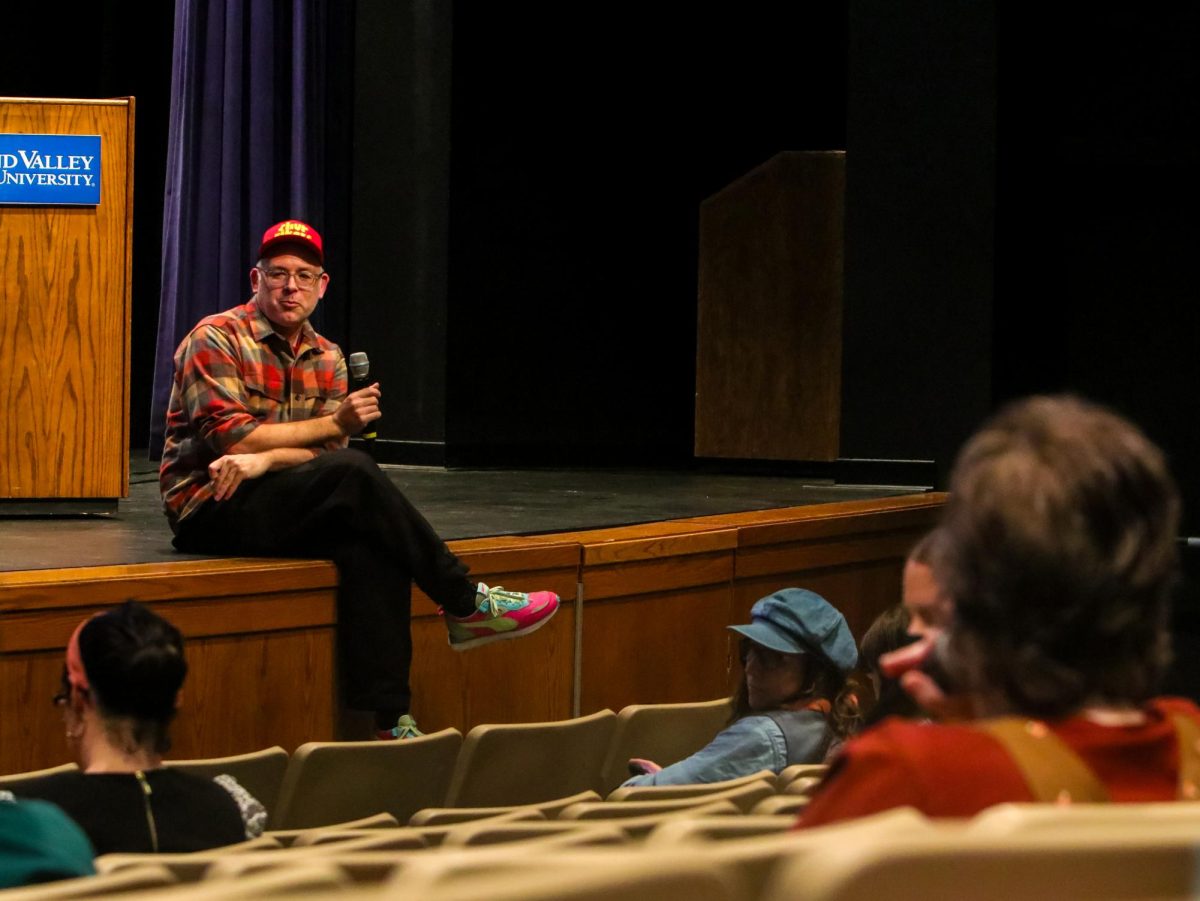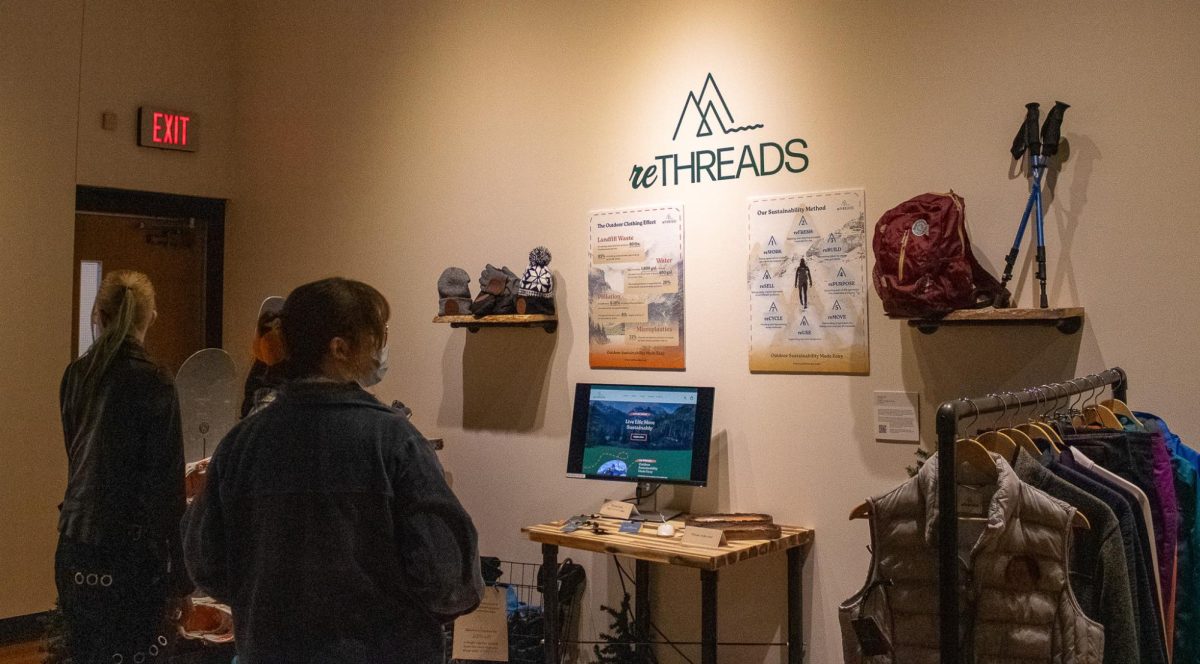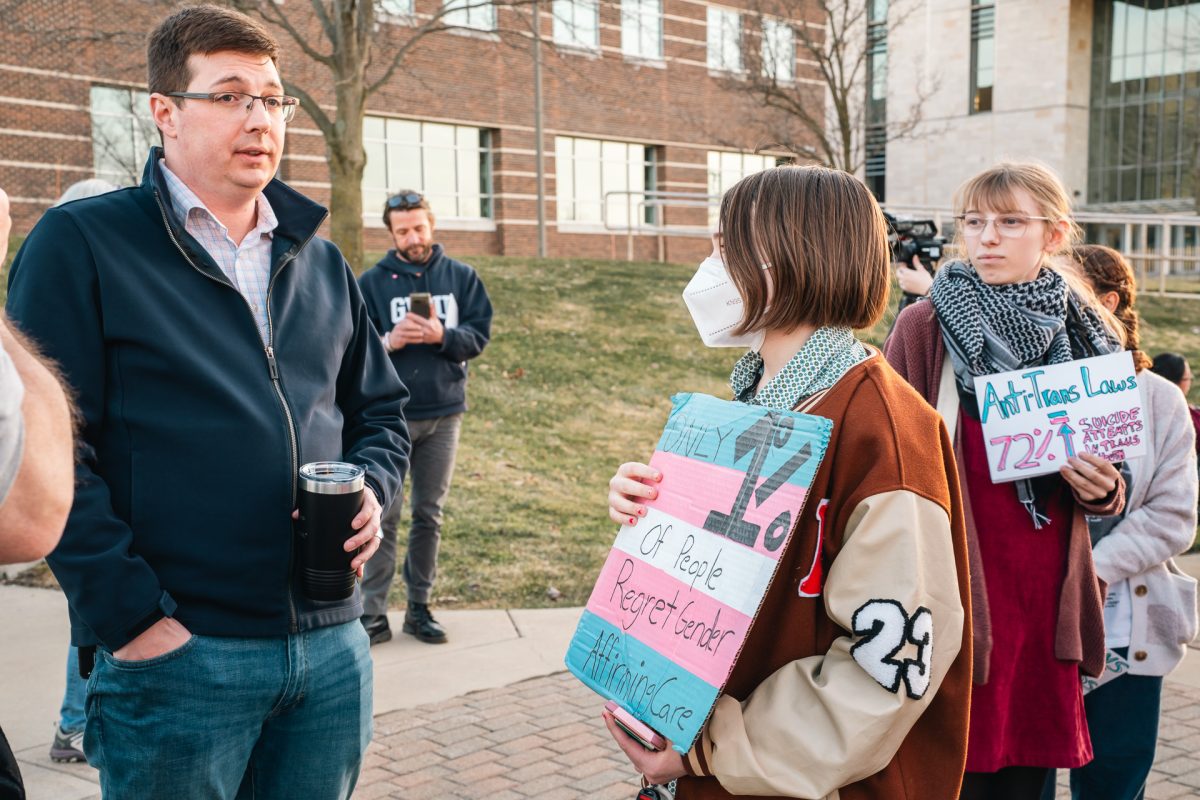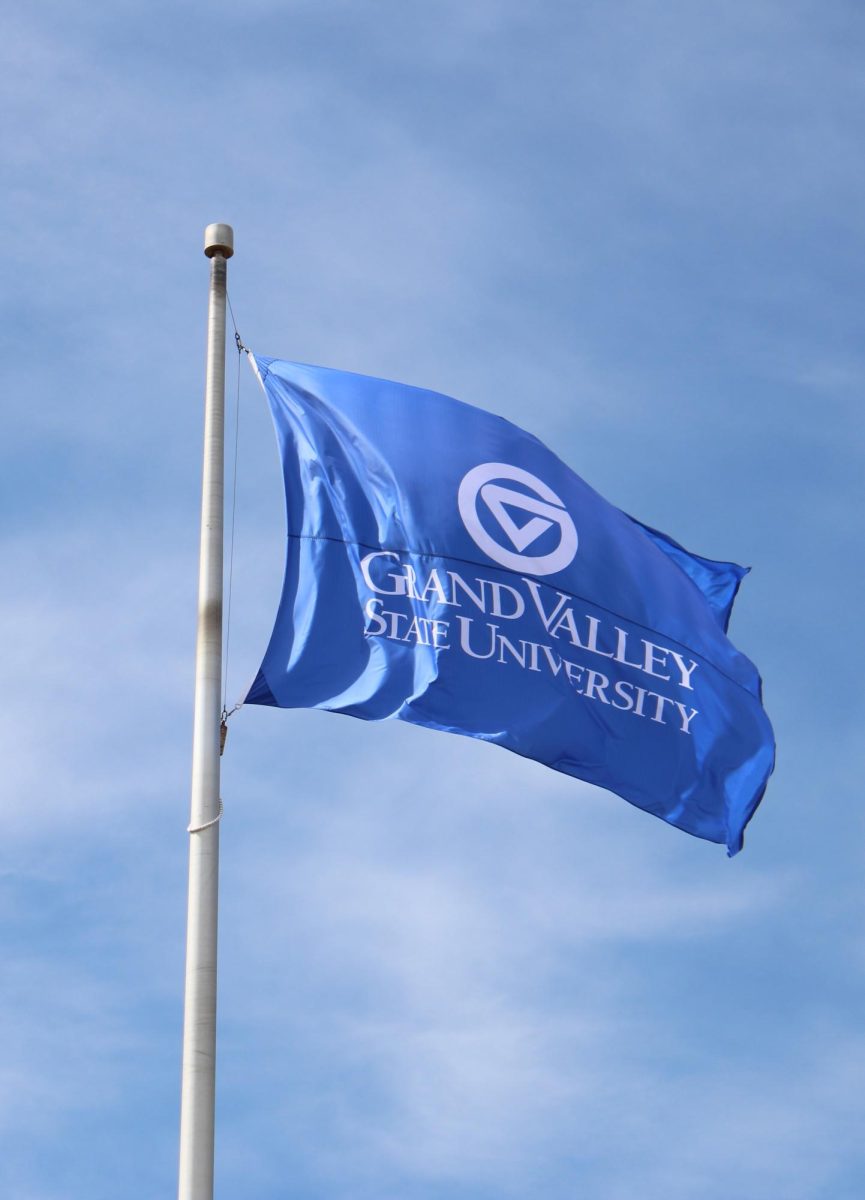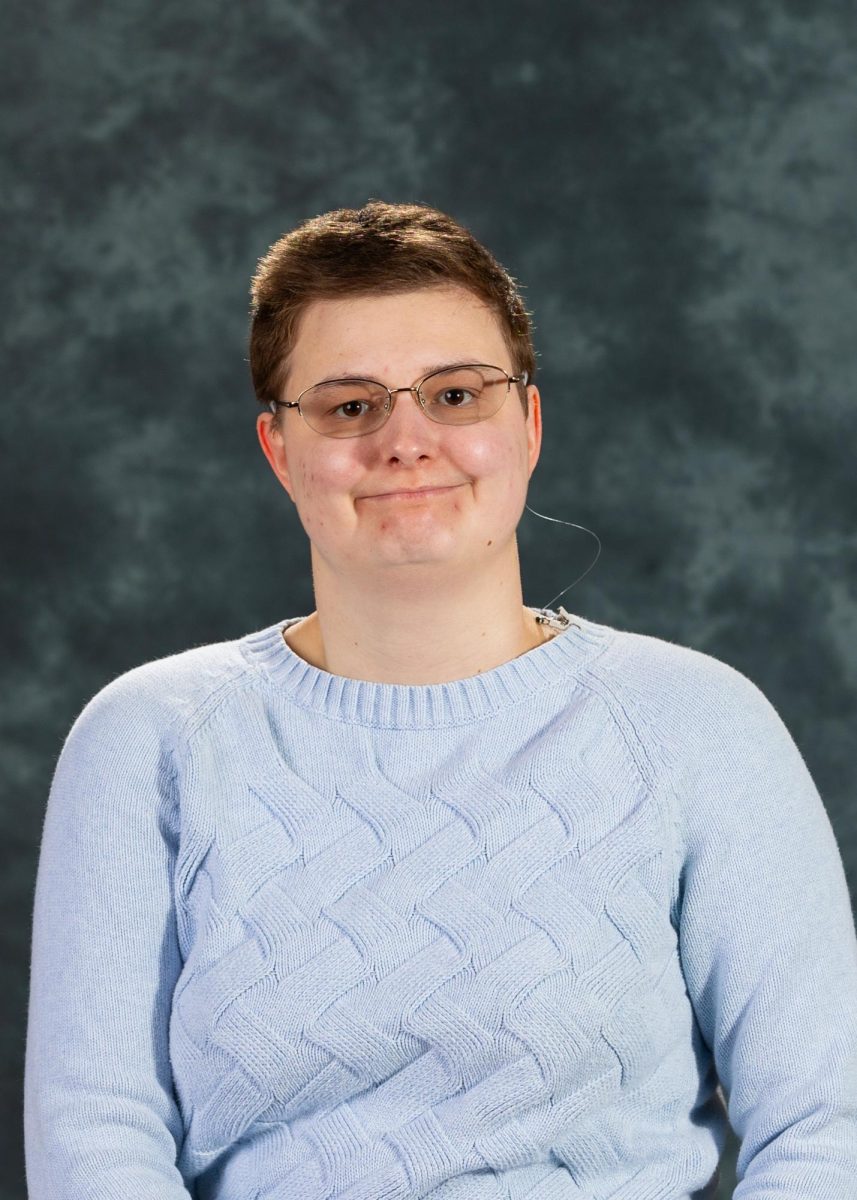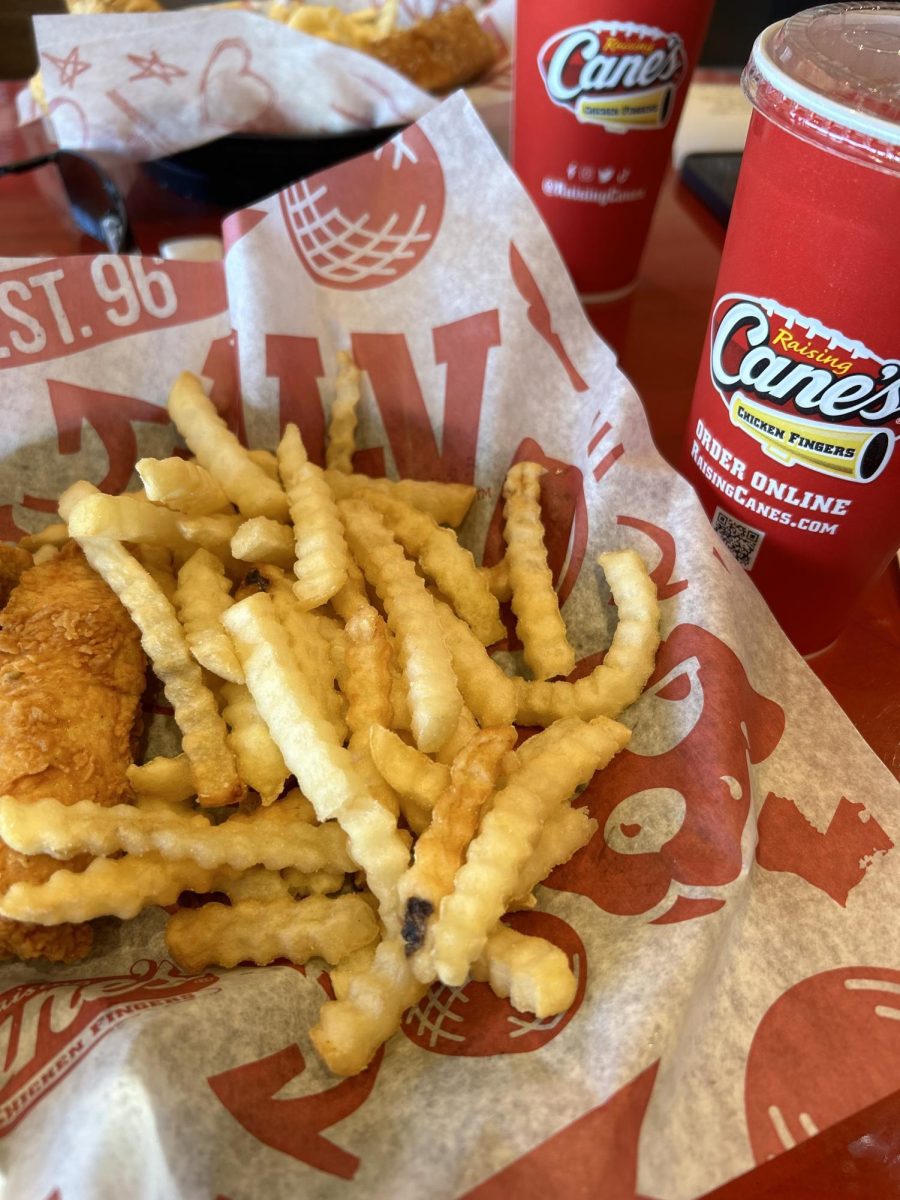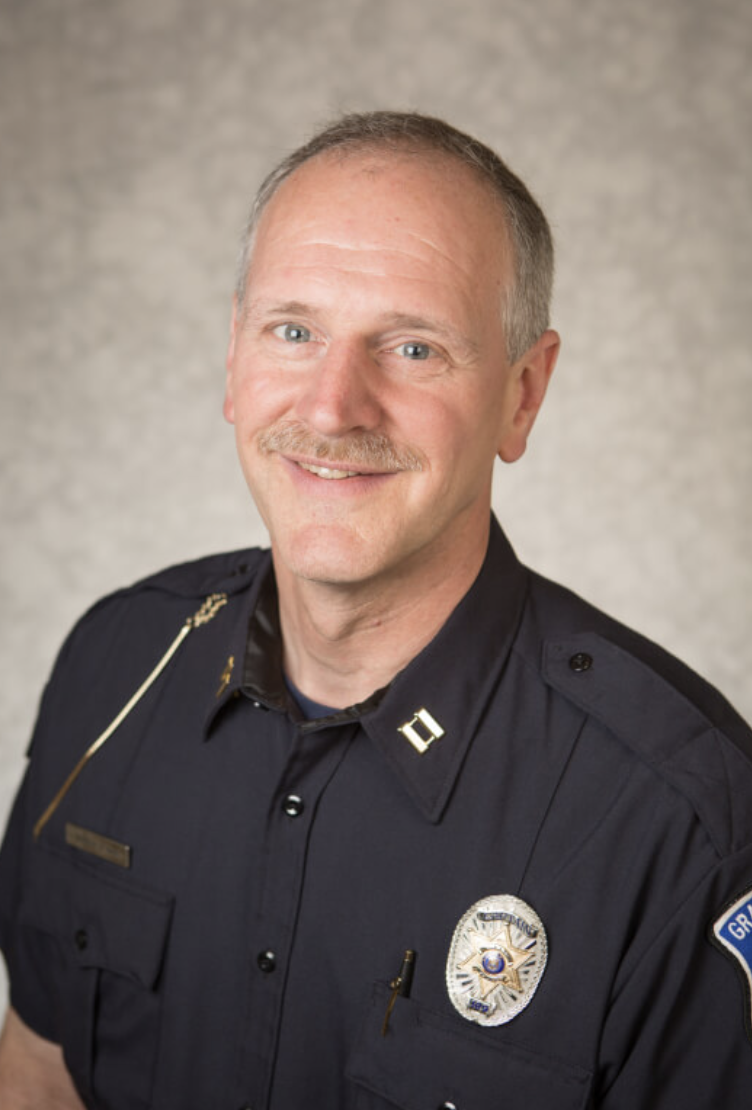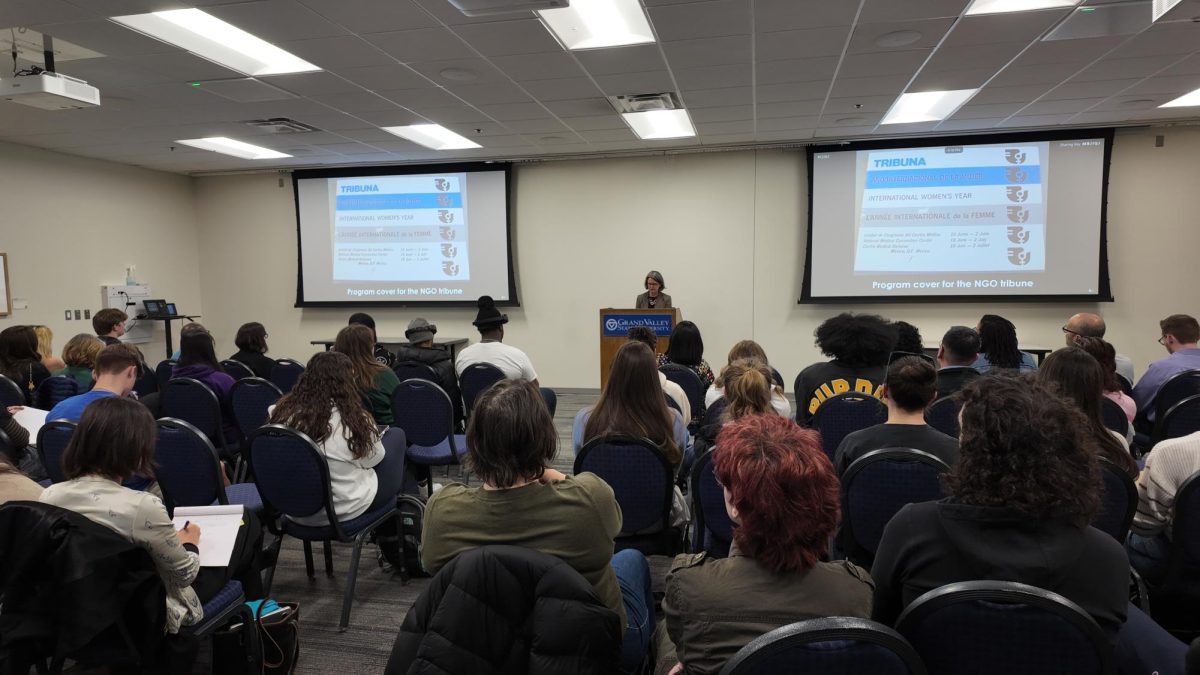The Grand Rapids Festival of the Arts is ending after more than 50 years of operation in the city due to a lack of volunteers and hindered foundational support.
According to a Facebook post by festival organizers on Saturday, Feb. 8, the storied event is “sunsetting,” and ceasing its activities immediately. The announcement of the festival’s closure has triggered heartache among community members who have attended the city tradition. The three-day extravaganza traditionally featured art, entertainment and food. It had become a fun summer staple for the community of Grand Rapids and remained so up until the shuttering of its doors.
To Emily Miller, the festival’s youth art chair and board of directors member, the festival’s ending is a grave disappointment.
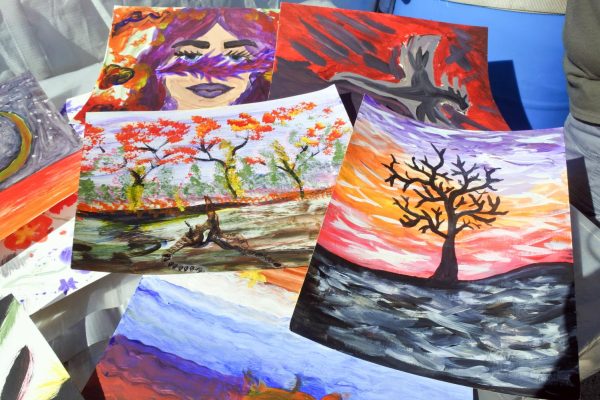
“I (worked) tirelessly all year to make things as they should be,” Miller said. “The average person does not see all of the behind-the-scenes work that goes into an event, even if it’s just one weekend a year. We (worked) year-round to try to make it go smoothly.”
Miller says a large part of the event’s success came from the interest and willingness of volunteer workers– a source of labor which has become scarce in recent years.
“At one point, Festival of the Arts was the largest run volunteer festival,” Miller said. “Over the years, the generations have changed and those willing to volunteer have aged out. This upcoming generation seems to not see the value in volunteering as much as it (other generations) used to.”
According to Miller, the volunteer force had been overworked in the festival’s final years. After careful consideration, the board decided to cancel the event permanently.
“You can’t expect a festival with over 100,000 people to only be run by five to 10 core volunteers,” Miller said. “It’s not fair to the volunteers who are exhausted, even though we know the importance of this event. It was such a difficult decision, but we had a lot of things to take into consideration.”
Miller still stands by the success and positive influence the festival has had on the community, but acknowledges the operation no longer makes sense logistically. The festival was a labor of love for its organizers, but in order to keep the event running, volunteers would have had to make a massive overhaul in labor recruitment.
“Grand Rapids Festival of the Arts was very important to the West Michigan community,” Miller said. “(The) festival was an opportunity to showcase food, dance, performance, and arts of all kinds in our region. We supported so many artists and offered this festival for free.”
The festival also had close ties to Grand Valley State University itself, which provided some of the event’s funding.
“Since I have been involved, I took over youth arts and we have been very connected with the GVSU Community,” Miller said. “(The University’s) Visual Arts Department and Art Museum have been our youth art award sponsors over the years, giving students the opportunity to grow and act as artists. We have been very grateful for the support from each of the departments through the years. (The) Art Museum has also purchased many artworks from the Regional Arts Exhibition to display on GVSU’s campus.”
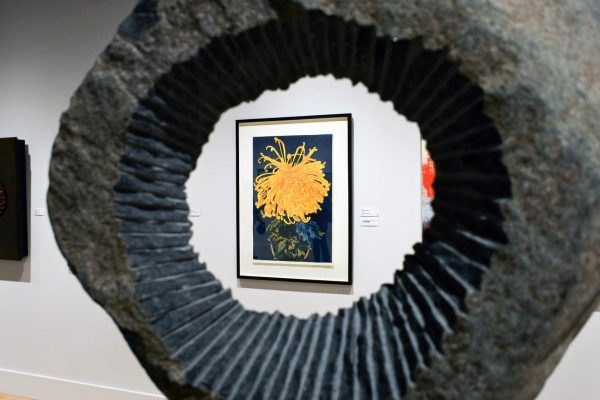
Nathan Kemler, the director of galleries and collections at the University’s Art Museum, was similarly saddened by the festival’s closure.
“We are saddened by the loss of this long-standing arts festival for our community, as it has always brought our community together around our shared values in community building, celebrating cultural differences and supporting local economic growth,” Kemler said. “It took a tremendous amount of effort by a dedicated group of community volunteers to plan and run this festival each year and we all owe them our gratitude for this service.”
For Kemler, the festival had great significance to the city of Grand Rapids and GVSU. Kemler believes the event will be sorely missed.
“For the city of Grand Rapids, the festival was much more than just an arts event,” Kemler said. “It was a celebration of local creativity that brought together residents, visitors and local businesses. It helped foster community pride, boosted the local economy through tourism and solidified Grand Rapids’ reputation as a hub for the arts.”
In regard to the University’s involvement, Kemler said the creative partnership will be remembered as a high point in the GVSU’s promotion of new art and community engagement.
“For the GVSU community, the festival provided a unique opportunity to bridge academic pursuits with real-world artistic expression,” Kemler said. “Students and faculty had the chance to engage with professional artists and the broader arts community, gain exposure to diverse art forms and contribute their own creative work.”
Despite many community members feeling saddened by the festival’s closure, Kemler echoed Miller in regard to the vast amount of preparation that went into the operation. He feels casual attendees at the event might not have noticed or completely appreciated volunteers’ hard work.
“It takes a tremendous amount of time and effort to create a community arts festival with hundreds of different people involved,” Kemler said. “Having a long-running festival helps to establish expectations, norms and support structures. It (having a long-running festival) also helps to define and celebrate a community. Festival of the Arts did that for Grand Rapids over the past 55 years.”
Still, some students are hopeful the festival’s ending will clear the path for a new artistic tradition in Grand Rapids. GVSU student Nikolas Tompkins understands a lack of funding has the potential to cripple events.
“I believe that as long as there is an audience and enough revenue to keep going, festivals should continue to operate,” Tompkins said. “If there is not a sizable enough audience or enough revenue to maintain operations, then I believe festivals should end and make way for new ideas.”





